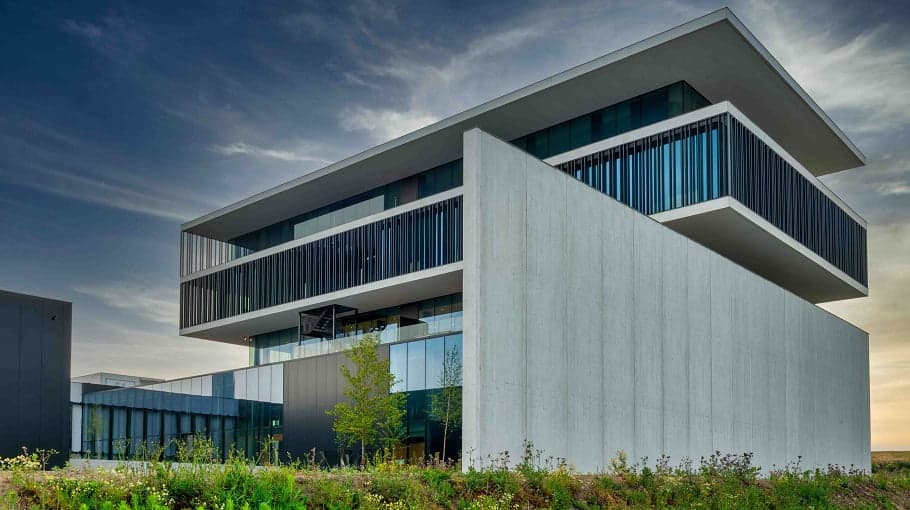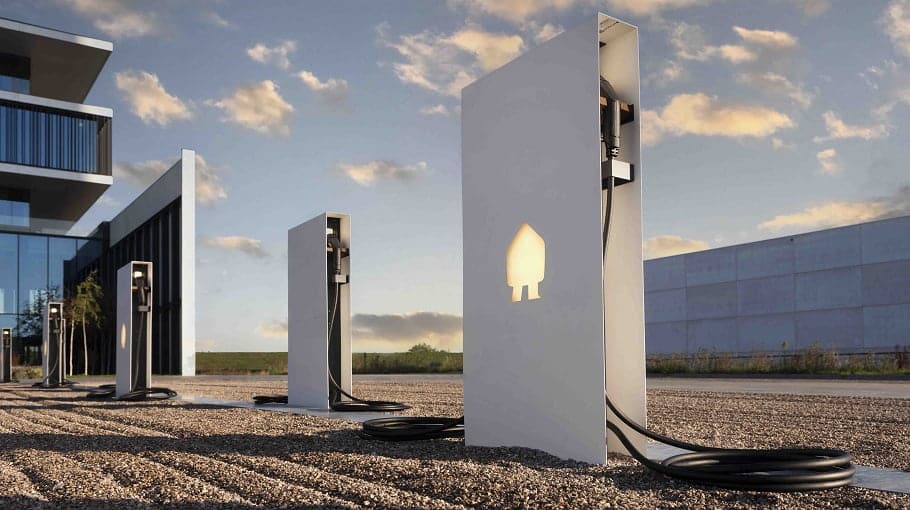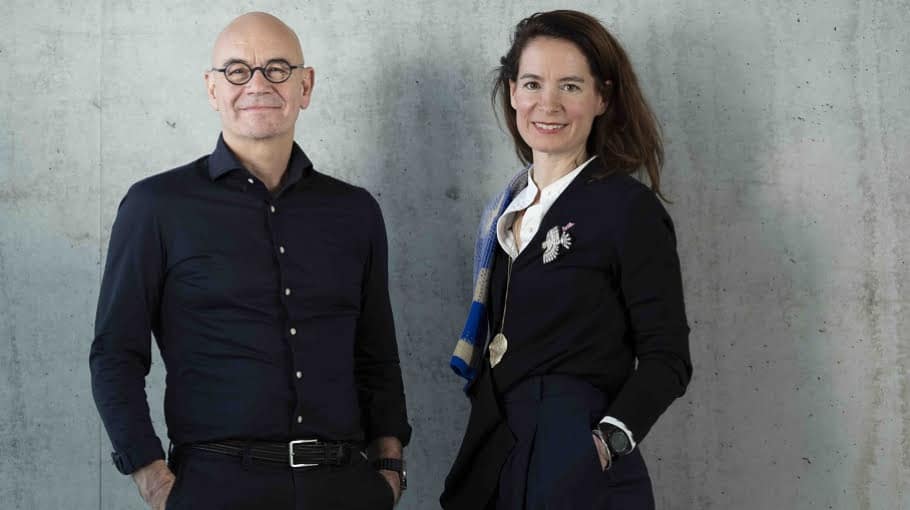Snowball and Smappee partnership brings innovative cleantech to life
Snowball and Smappee have turned their shared head office into a living lab for testing sustainable technology innovations and helping cleantech SMEs to succeed. Read further to hear what VLAIO has to say in their business story of these two affiliated companies.

Sister companies Snowball and Smappee are committed to cleantech, technology that contributes to protecting our environment. Smappee does it by manufacturing charging stations for electric vehicles (EVs) and a smart energy management system for EVs and buildings. By giving Snowball access to its expertise, Smappee supports the state-of-the-art cleantech hub and participating entrepreneurs.
Smart charging
Smappee is preparing the world for an enormous increase in electric cars with their chargers for home, business and fast charging. The Smappee dashboard further tracks and provides information on the total energy consumption of a building. Stefan Grosgean, Smappee’s founder and CEO and Snowball’s co-founder, explains: “Being informed is the first step. Knowing where electricity is being wasted allows our clients to reduce their energy consumption by an average of 12%.
“Smart energy management is the next step,” he says. “Charging stations are big energy users and our system therefore uses artificial intelligence to make sure that vehicles are charged when it’s most cost-effective, for example when it’s sunny and a lot of solar power is available. When no renewable energy is available, vehicles are charged when grid power is at its cheapest. This helps clients to reduce their energy bill by as much as 50%. Whenever they are using too much power, we reduce the current to prevent blowing a fuse.”
Smappee is already doing business in 90 countries around the world. “We are in full scale-up mode and actively looking for new talent to enhance our teams,” Stefan says.
“Charging stations are big energy users and our system therefore uses artificial intelligence to make sure that vehicles are charged when it’s most cost-effective, for example when it’s sunny and a lot of solar power is available. This helps clients to reduce their energy bill by as much as 50%.”
Stefan Grosjean, Founder and CEO: Smappee, and cofounder: Snowball

Rapid growth for cleantech companies
Snowball helps cleantech startups to bring innovative products to market, for instance by introducing them to the right partners to test prototypes and evaluate business models. Entrepreneurs also receive personal coaching and are given access to ultramodern facilities. Snowball also supplies office and storage space as well as access to a venue for hosting events.
“As a test facility, our goal is to promote sustainable entrepreneurship and increase cleantech innovations’ chance of success,” says Alexandra Vanhuyse, Snowball’s cofounder and Managing Director. We do this at Flemish, interregional and European level, and by bringing together the necessary expertise for this, such as working with Ghent University (UGent), the University of Leuven (KU Leuven) and Howest University of Applied Sciences. Flanders Innovation & Entrepreneurship (VLAIO), the point of contact between the Belgium government and entrepreneurs in the country, helps us by connecting SMEs with potential partners from the business community.”
She mentions the example of ConnectSME, an ongoing project of the Interreg initiative which allows SMEs to test and hold demonstrations of their technology in a real-life setting. “We test prototypes developed by Dutch small businesses like wind turbine shafts and a saltwater battery. A slightly more unusual project for us is S+T+ARTS where we’ve joined forced with 12 European partners. S+T+ARTS stands for Science, Technology and the Arts, and the project’s goal is to develop sustainable technology through collaboration between scientists, engineers and artists.”

A test site for innovation
The Snowball building, where Smappee is also located, and the surrounding area serve as test ground recognized by VLAIO. Various Flemish SMEs and research institutes have developed a future-focused energy management system based on AI. “You could say that the building itself is a prototype of a smart building or residential neighborhood of the future,” says Stefan.
More than 250 IoT sensors capture data from 12 million data points every day. This information is used to build algorithms that make the building even more energy-efficient. “Students from Howest have access to the data and can use it to also build algorithms, so that they can learn,” Alexandra adds. The roof of the building is covered in solar panels and there are 50 charging stations in the parking area. A battery stores excess solar energy.
“As a test facility, our goal is to promote sustainable entrepreneurship and increase cleantech innovations’ chance of success.”
Alexandra Vanhuyse, Snowball cofounder and Managing Director
From an engineering perspective, Stefan adds: “An ice buffer of 300 000 liter water is used to cool the building. The system uses two heat pumps that run purely on solar energy, which means that the ice buffer is CO2 neutral. In winter, we extract heat from the water as it provides more heat – up to 100 °C. The water eventually freezes, which we then use in summer to cool the building. It is a rather unique system and can be considered breakthrough technology.”
© Smappee. All rights reserved.